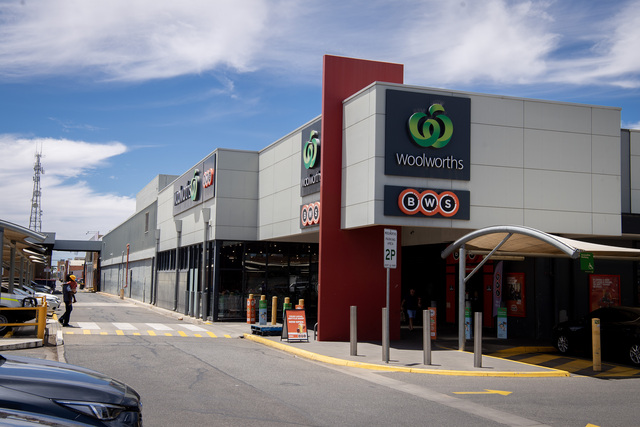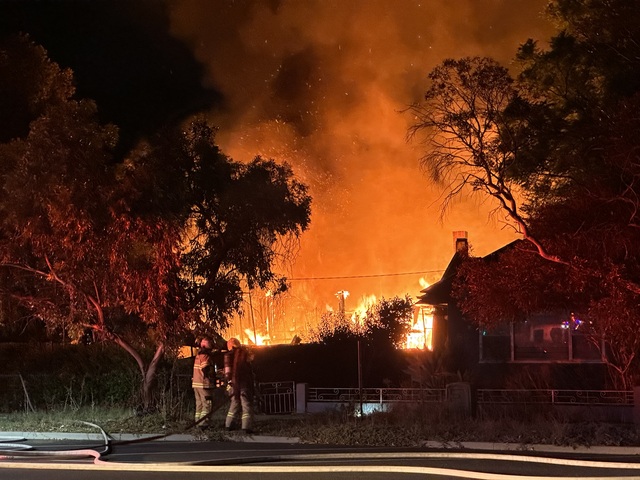RATES are a burning issue in our community, and have been for years.
It has been an ongoing theme of my political work since first being elected to Mildura Rural City Council a decade ago.
The current rating system – as determined by state and federal governments – is rigged against rural and regional ratepayers.
It is an economic injustice and a major cost of living pressure for farmers, business owners and residents across our electorate.
State and federal governments have allowed ratepayers to direct their anger at councils, when in fact the source of rural and regional rate pressure is with them.
That’s why when I was elected to State Parliament, rather than drop the issue, I took it to Spring Street.
For two years I have been consulting with stakeholders and developing a set of incremental and scalable steps to fix the rates scandal.
We asked the Federal Government to restore the financial assistance grants to 1 per cent of Australian tax revenue and allow the States to direct more of that money to the rural and regional councils that need it most. We adopted the VFF’s equalisation funding model as our ultimate policy goal.
But in addition to all that, we acknowledged farmers need something extra. That’s due to the wild variability of their income to asset ratio.
The old answer was a blanket farming differential. The problem was, it required businesses and residents to fund the difference, robbing Peter to pay Paul.
I believe a better way would be to extend the flexibility given to solar farms to traditional farms, introducing an income component to the rates calculation, and pegging it to rainfall, which is an objective measure and the biggest determinant of farming income every year.
This would give the farming rate the elasticity it needs to be fair. And rather than being funded by businesses and residents, it would be funded by the Federal Government under the banner of drought resilience and climate change adaptation.







